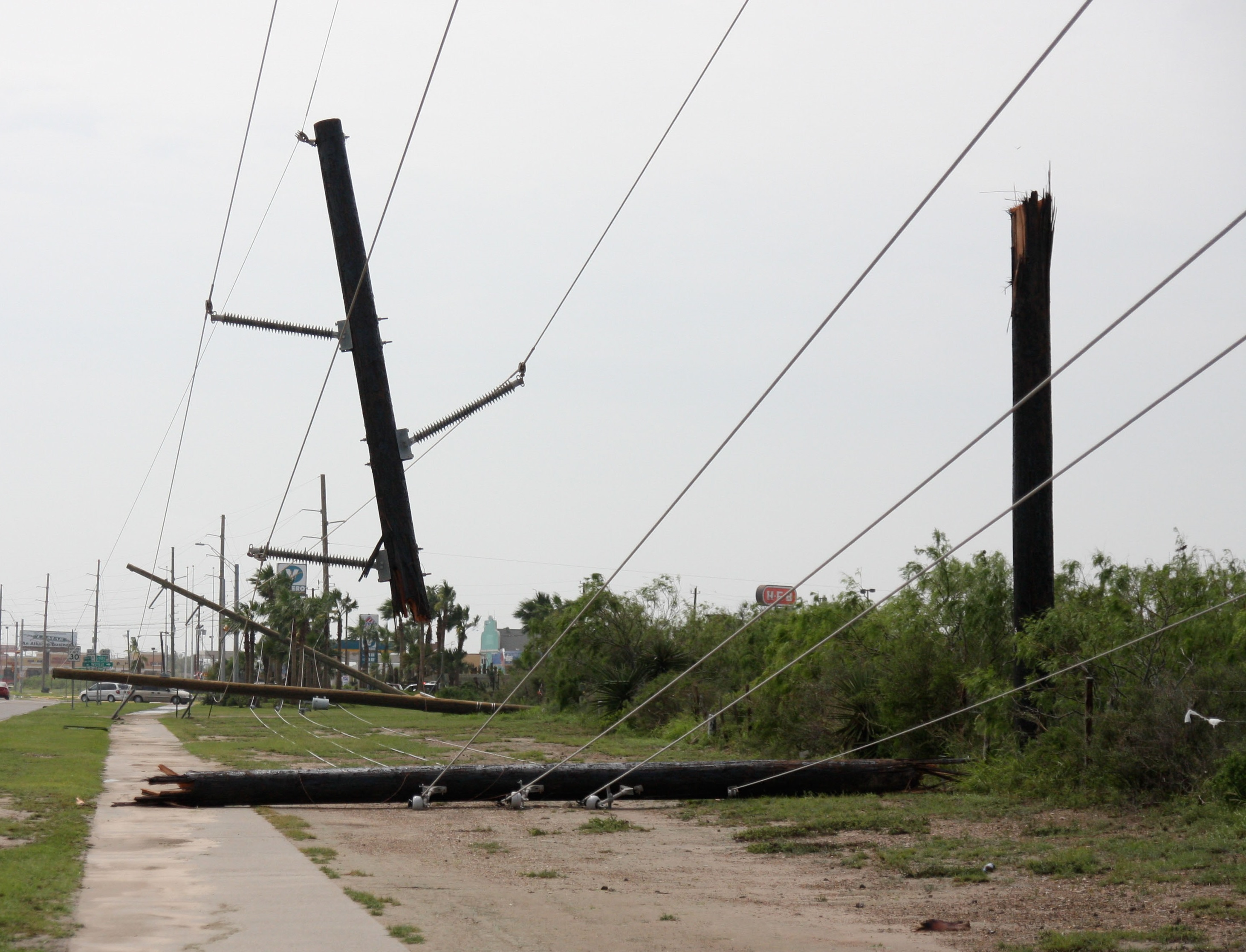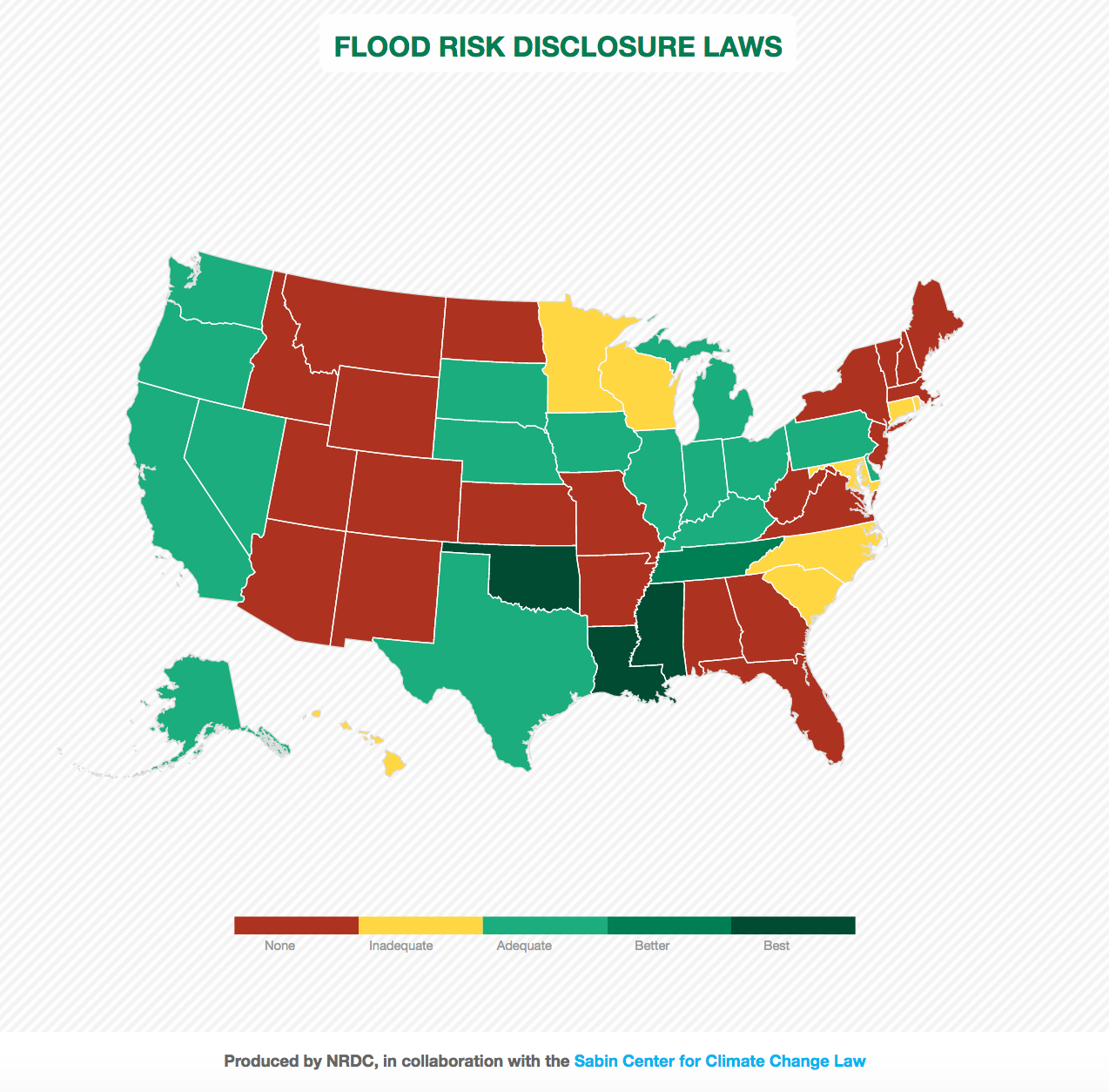By Romany Webb

Two days after making landfall in the Florida Panhandle, Hurricane Michael has now moved out to sea, leaving behind damage that could take years to repair. In Florida’s Mexico Beach, where Michael first hit as a category four storm, entire blocks of homes and businesses have been destroyed. Further inland, more structures remain standing, but many are uninhabitable, including due to a lack of essential services. As of Thursday, October 11, at least 1.5 million homes and businesses across Florida, Georgia, Alabama, the Carolinas, and Virginia were without electricity. Restoring service could take days or even weeks as, in many areas, the transmission and distribution systems needed to deliver electricity have been completed wiped out.
This is a familiar story. Just last month, Hurricane Florence resulted in one million customers in the Carolinas losing electricity, primarily due to downed transmission and distribution lines. A year earlier, over three million customers in Puerto Rico lost electricity, after Hurricane Maria destroyed 80 percent of the island’s transmission infrastructure and nearly 100 percent of its distribution infrastructure. Secretary of Energy Rick Perry is confident that this and other similar experiences have prepared us to deal with the 2018 hurricane season, recently telling reporters that “we’ve done this many times before . . . We know how to prepare our plants for these types of major events.” In reality, however, most electric utilities and grid operators are woefully unprepared to deal with the increasingly severe extreme weather climate change will bring. What is required to change that? And how we can ensure it is done?
Efforts to “harden” electricity systems – i.e., to increase their ability to withstand, and quickly recover from, extreme weather events – should begin with transmission and distribution infrastructure which has proved to be particularly susceptible to damage during recent extreme weather events. (This should not, however, be taken to suggest that other parts of the electricity system will not be affected by extreme weather and other climate change-induced phenomena. As discussed in a recent Sabin Center white paper, electric generating facilities could also be severely affected by rising temperatures, changes in water availability, and storms.)
In order to reduce the risk of damage in the future, much of our distribution and transmission infrastructure will need to be replaced, or fundamentally altered. For example, in areas facing increased flooding risk due to climate change, many distribution substations will likely need to be relocated or installed on elevated platforms or in waterproof rooms. In areas prone to hurricanes and wildfires, wooden distribution poles will need to be replaced with concrete or metal poles, or lines installed underground. This is already occurring in parts of Europe, such as France, where targets for undergrounding were adopted after a 1999 storm destroyed large parts of the electricity system. As a result, between 2009 and 2014, approximately 76 percent of all mid-voltage distribution lines in France were placed underground. Other countries are looking at undergrounding high voltage transmissions lines for both reliability and other reasons. In Germany, for example, a new law (known as the Erdkabelgesetz or “underground cable law”) was enacted in 2015 that requires all new high voltage direct current (HVDC) lines to be undergrounded. This has proved challenging, including because underground lines are more difficult to construct, and can be up to 10 times more expensive than aerial lines.
Given the costs and other difficulties involved, undergrounding should not be pursued lightly, but does need to be considered alongside other options for system hardening. Before that can happen, however, system operators must first conduct a vulnerability assessment to determine where and under what conditions their facilities will be affected by future storms and other climate change-driven phenomena. The process for undertaking such assessments is well established, having been the subject of multiple reports by the U.S. Department of Energy and others. Nevertheless, assessments have been undertaken by relatively few system operators, at both the transmission and distribution levels.
No Regional Transmission Organization or Independent System Operator – i.e., the entities responsible for managing much of the transmission infrastructure in the contiguous U.S. – has undertaken a comprehensive climate change vulnerability assessment. Nor have most electric utilities that own and operate distribution infrastructure. One of the few exceptions is Con Edison, whose distribution system covers New York City and Westchester County. After damage to the system during Superstorm Sandy, the New York Public Service Commission approved a proposal (put forward by the Sabin Center and others), requiring Con Edison to conduct a thorough climate change vulnerability assessment. That assessment, which began last year, “will use the latest available climate science to project future weather scenarios for [Con Edison’s] service territory out to the year 2080” and “evaluate potential impacts to the company’s electric, gas and steam systems.”
Given recent experience with Hurricane Michael and similar storms, it would make sense for other state commissions to follow New York’s lead, and require utilities to conduct climate change vulnerability assessments. Such action would fall squarely within the state commissions’ authority, as each is charged with ensuring the provision of reliable electricity services at just and reasonable rates, which will be made more difficult by the effects of climate change. A full assessment of those effects is vital to enable utilities to determine what changes need to be made to the electricity system to ensure it is fully prepared for future extreme weather events and other climate change-induced phenomena.




